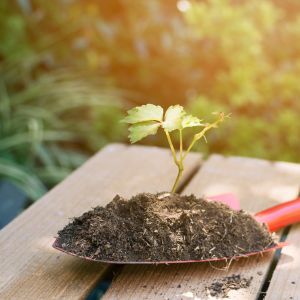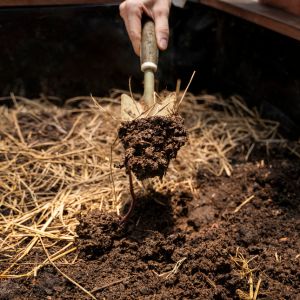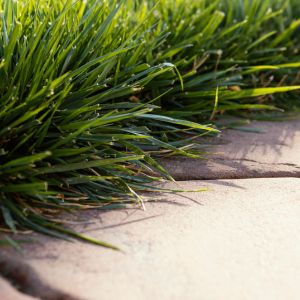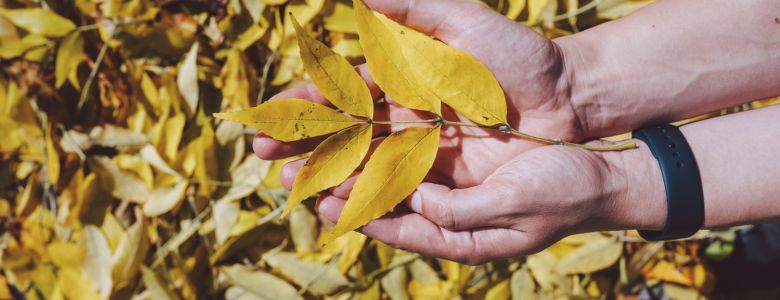For many homeowners, the arrival of fallen leaves can be a daunting sight, invoking images of endless raking and bagging. However, beneath this sea of foliage lies a hidden potential, a gift from nature that can breathe life into your garden and nurture robust, vibrant flora.
The Leafy Dilemma: Beauty vs. Functionality

Leaves scattered throughout your garden are rarely a cause for concern. Yet, when they blanket your lawn, a delicate balance must be struck.
While the layers of leaves may exude autumnal charm, leaving them unchecked can stifle your lawn’s vitality. Grass thrives on sunlight to synthesize nutrients, and a leafy carpet can obscure this vital resource. If ignored for too long, your once-green lawn might start sporting yellow hues.
Moreover, those leaves serve as nature’s moisture-trapping blanket. While this sounds cozy, it can create a breeding ground for mold. So, the lesson here is that a few leaves are fine, but a moldy blanket isn’t desirable.
Nature’s Organic Fertilizer
Gardeners, rejoice! Rather than viewing fallen leaves as foes, see them as a bounty bestowed by Mother Nature herself. These leaves are not just a visual spectacle in the fall; they are the perfect natural fertilizer.
Why spend a fortune on store-bought fertilizers when you can embrace nature’s gift? You don’t need to exert more effort than usual to convert these leaves into fertilizer. Simply leave them undisturbed on your lawn and run your lawnmower over them a few times. This will chop the leaves into fine confetti, which will then settle among the grass blades and enrich the soil.
Craft Your Own Mulch
Mulch is a valuable addition to any garden, but buying and hauling bags of it can be taxing. Fortunately, there’s a cost-effective and back-friendly alternative.
Mix your grass clippings with the chopped leaves to create your very own mulch. This DIY blend is both eco-friendly and free. Once combined, spread it around your garden beds and tree rings for a waterproof, nutrient-rich ground cover.
Supercharge Soil Health

Lush, thriving flora begins with fertile soil. You can strengthen your soil and promote the growth of beautiful flowers and delectable vegetables with a simple method.
Start by digging a trench around your plants, measuring 2 feet wide and 1 foot deep. Fill this trench with the leaves you’re looking to dispose of, and if you happen to have some grass clippings mixed in, even better. If not, your trusty lawnmower can come to the rescue.
Don’t underestimate the value of grass clippings; they provide nitrogen that aids in breaking down the leaves, making nutrients more accessible to your plants. If grass clippings are in short supply, a nitrogen-rich fertilizer can serve a similar purpose.
After filling the trench, cover it with the excavated soil and ensure a thorough watering. The beauty of this technique is its repeatability – as you accumulate more leaves, you can dig another trench and continue fortifying your soil.
Nature’s Weed Barrier

As mentioned earlier, a leafy layer serves as Mother Nature’s blanket. If you’re concerned about weeds infiltrating your garden’s open spaces, this natural barrier can be your ally.
Simply spread a generous layer of leaves over the areas you want to protect from weeds. These leaves will block sunlight, thwarting weed growth. When warmer weather returns, you can repurpose these leaves as mulch or compost, setting the stage for a thriving growing season.
For all your tree-cutting needs and more, turn to Royal Pro Landscaping. We’re the experts in tree removal, stump demolition, tree trimming, mulching, pruning, and emergency tree removal in Orchard Park, Western New York, USA!

